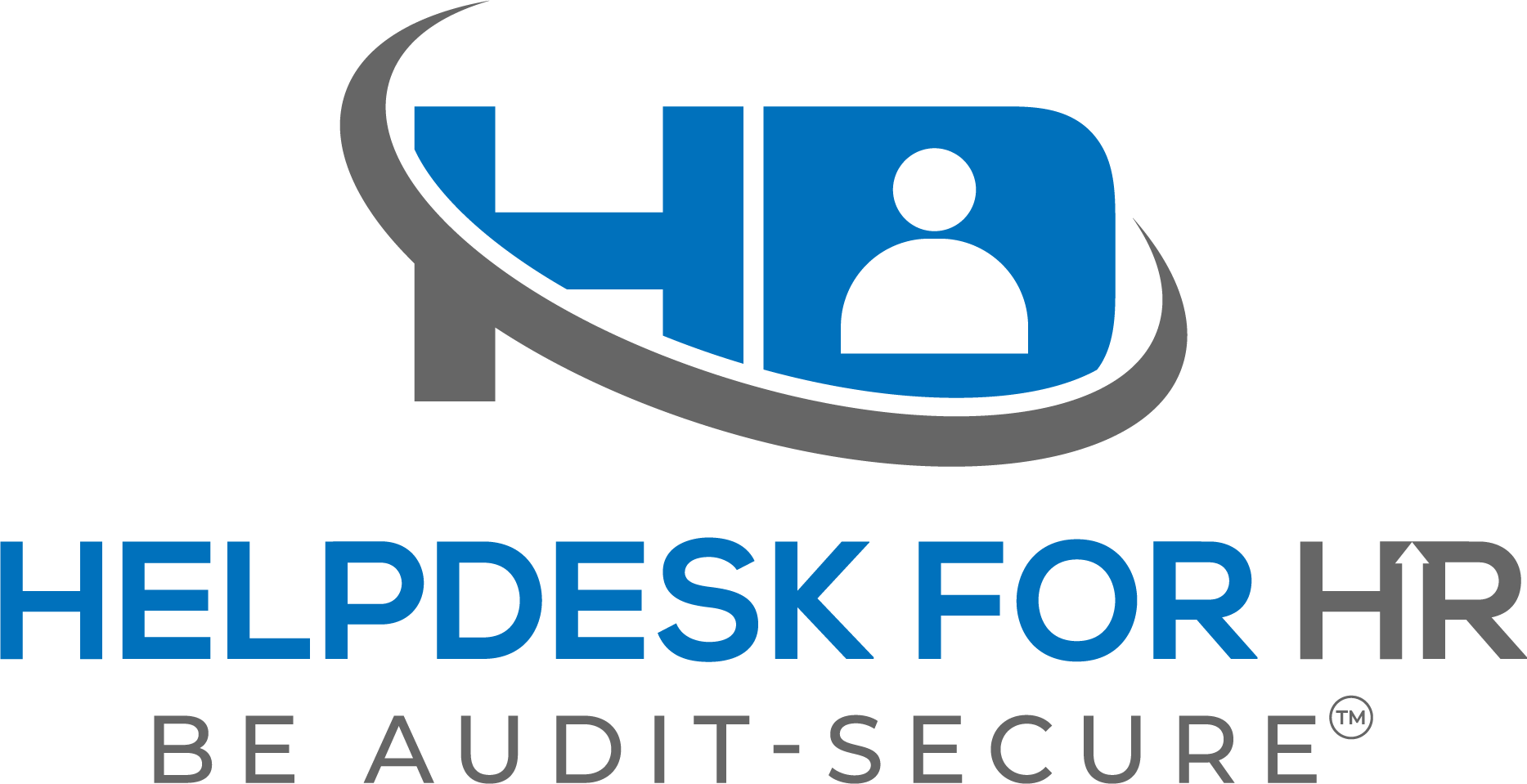In today’s competitive business environment, having an employment handbook is more important than ever. An employee handbook serves as a critical tool in establishing expectations, defining company policies, and ensuring legal compliance. It sets forth the rights and obligations of both employees and the employer, and can protect the company from potential legal disputes. In this blog post, we will discuss the importance of having an employment handbook and examine three court cases that demonstrate the need for a well-drafted handbook.
1. Clarity in Employment Terms: Toussaint v. Blue Cross & Blue Shield of Michigan
In the case of Toussaint v. Blue Cross & Blue Shield of Michigan, 292 N.W.2d 880 (Mich. 1980), the lack of a formal employee handbook resulted in ambiguity surrounding the terms of employment. The employee claimed that he was unjustly terminated from his position, and the court found that oral statements and implied promises made by the employer during the hiring process led the employee to believe that he had job security. This case underscores the importance of having a well-documented handbook to prevent misunderstandings and establish clear expectations for employees.
2. Preventing and Addressing Harassment: Faragher v. City of Boca Raton
The case of Faragher v. City of Boca Raton, 524 U.S. 775 (1998), demonstrates the importance of having a clear policy or handbook outlining the process for reporting harassment. In this case, a female lifeguard claimed that her supervisors had created a hostile work environment through sexual harassment. The City of Boca Raton did not have a clear policy or handbook outlining the process for reporting harassment, which resulted in the employee being unaware of the proper channels for lodging a complaint. The Supreme Court held that an employer could be held liable for harassment if it failed to exercise reasonable care to prevent and correct the harassment, and that having a clear policy or handbook could help an employer in avoiding liability.
3. Ensuring Non-Discriminatory Hiring Practices: EEOC v. Joe’s Stone Crab, Inc.
In EEOC v. Joe’s Stone Crab, Inc., 220 F.3d 1263 (11th Cir. 2000), the court found that the employer’s lack of a formal, written policy on hiring practices led to biased decision-making and a lack of documentation to support claims of non-discriminatory hiring. The EEOC sued Joe’s Stone Crab restaurant for alleged discrimination against female applicants for server positions. This case highlights the importance of having a comprehensive handbook in place that outlines equal opportunity employment policies and practices.
These three court cases serve as powerful reminders of the importance of having a well-drafted employee handbook. Not only do employee handbooks help to establish clear expectations, but they also protect employers from potential legal disputes and ensure a more harmonious work environment. Employers should consider investing time and resources into developing a comprehensive employee handbook tailored to their specific needs and in compliance with applicable laws and regulations.
